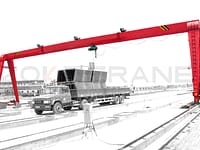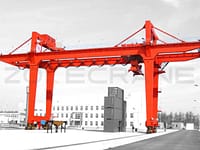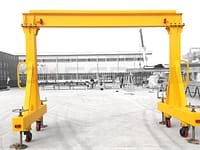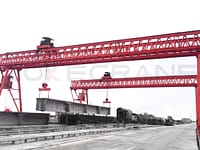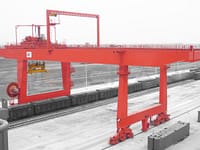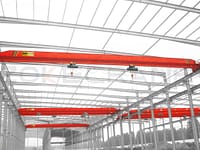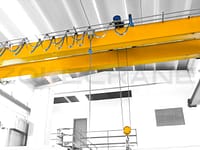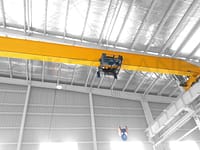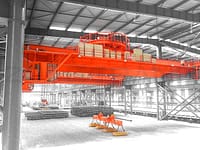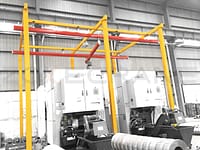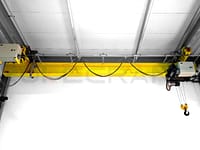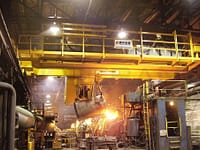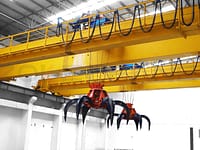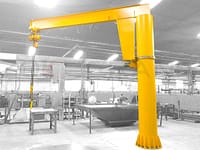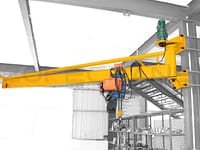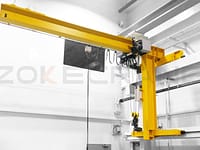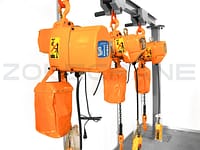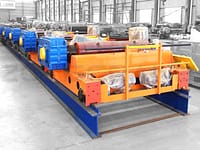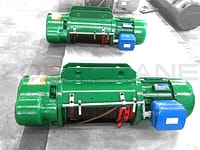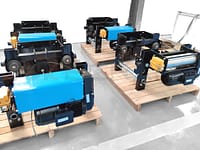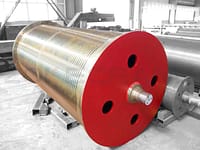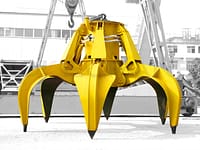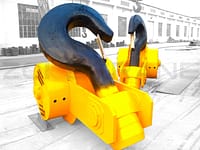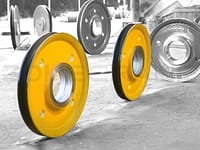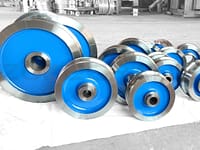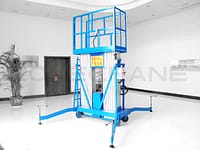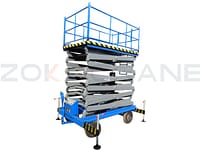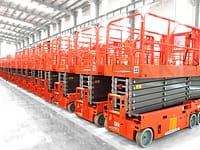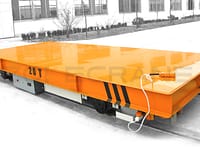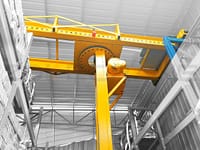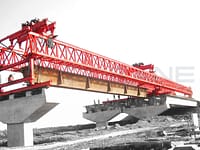A crane grab is a special tool used by cranes to grab dry bulk goods. Two or more bucket jaws can be opened and closed together to form a space for the material, when loading the jaws are closed in the material pile, the material is caught in the space, when unloading the jaws are opened in the material pile under suspension, the material is scattered on the pile, the opening and closing of the jaws are generally manipulated by the crane hoisting mechanism wire rope.

Grabs are the main tool for dry bulk cargo handling in ports, as they are free from heavy physical labour and can achieve high loading and unloading efficiency and safety. According to the type of cargo to be handled, they can be divided into ore grabs, coal grabs, grain grabs, timber grabs, etc.
The more common forms of crane grabs in daily use are shell and multi-petal. The shell grab relies on the opening and closing of two combined buckets to grab and load bulk materials and is mainly used in sand mills, coal mines, mines and infrastructure construction to complete the grabbing and lifting of bulk materials such as sand and gravel, coal dust, coal blocks, earth stones and soil. Timber and straw grabs are also part of the shell grabs and can be used in timber mills to grab round logs and straw treatment plants to grab straw bales.

The multi-flap grab is controlled by the opening and closing of multiple jaws to grab the material, and is used for steel scrap grabbing and sorting in steel mills, bulk waste and waste sorting, loading and unloading and handling in waste disposal yards and construction sites, and car dismantling, sorting and recycling in car recycling yards, with replaceable teeth and high hardness wear-resistant steel to ensure a long service life; flap shells can be selected according to different working environments Fully closed flap shells, semi-closed flap shells, wide flap shells and narrow flap shells.

How to choose a crane grab
Customers should consider a variety of factors when choosing a grab.
The first step is to choose the type of grab power according to the crane. According to the definition of a grab: a grab is a pick-up device under a crane, so even the more advanced grab can't do its job independently of the crane. Conversely, advanced and large tonnage ship unloaders are also inseparable from the grab and productive. So what kind of crane should be matched with what kind of grab, with the wrong can not be used, with a large overload can not be used.
For example: the crane lifting reel is a single, to match the mechanical grapple, only with a single cable grapple, if the four cable grapple, the grapple does not work; another example: the rated lifting capacity of the crane is 25t, to match the grapple, only with the grapple weight + grab the weight of the goods = <25t, with a large crane overload, unsafe. Secondly, according to the type of goods to be loaded and unloaded to choose the structure of the grab form. According to the definition of the grab: the grab is used to load and unload a variety of goods. So the loading and unloading of what kind of goods, should be matched with the corresponding grapple. The wrong one is either less effective or unusable. For example, if the type of cargo to be loaded or unloaded is coal, a light double-flap grab is used, but if a heavy double-flap mine grab is used, the loading and unloading efficiency will be at least 50% lower. Another example: if the cargo to be loaded or unloaded is coal, a double-flap grapple is used, but if a toothed timber grapple is used, it will not be able to lift anything and cannot be used.
